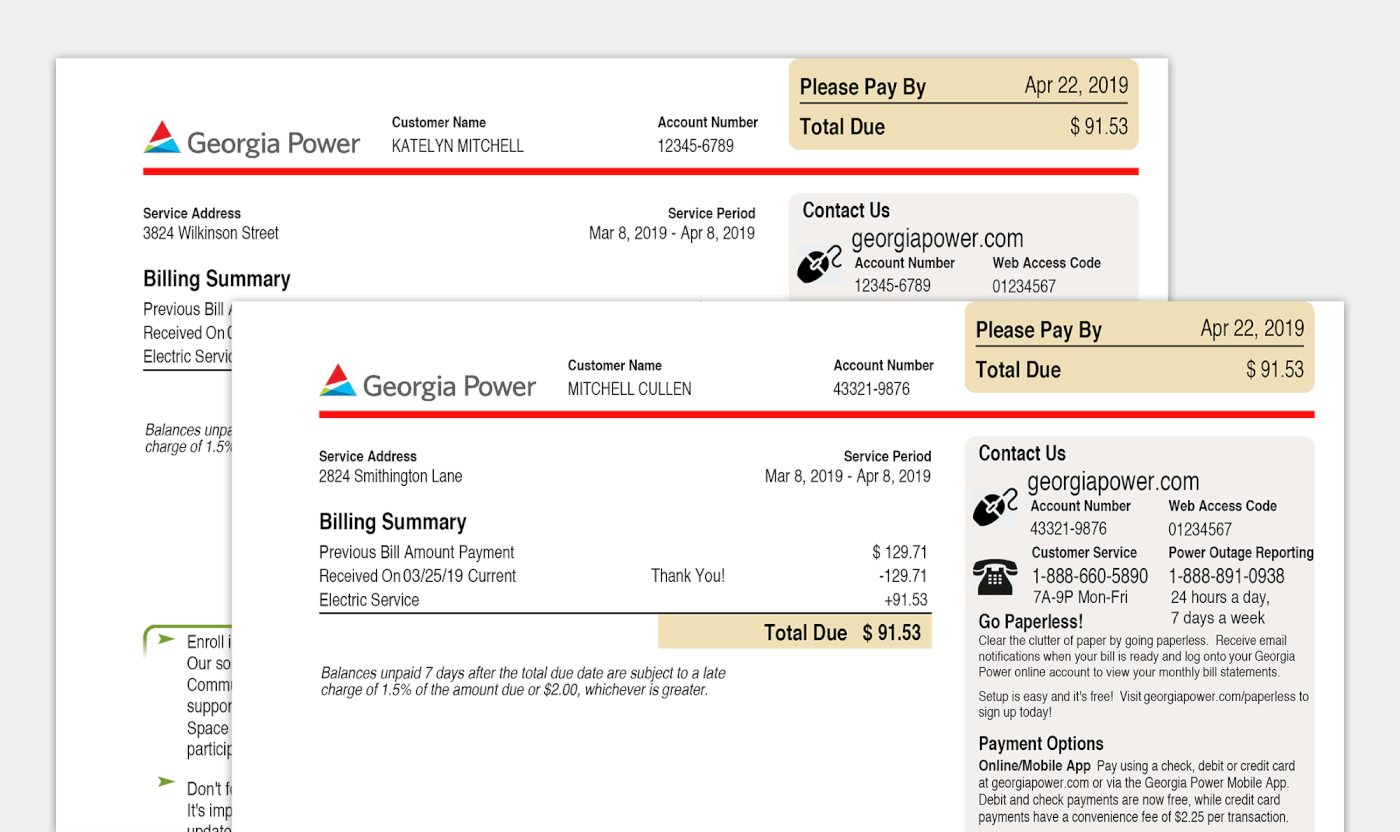Anyone Can Forge Utility Bills… This is How You Safely and Accurately Verify Residency
April 25, 2019
In countries all over the world, utility bills have traditionally been the gold standard for verifying someone’s residency because they have a name, an address, and a date, which makes them an easy way to prove that someone is actively paying for utilities at a specific address.
One might argue that a driver’s license is more authoritative (and less forgeable) than a utility bill, but the reality is that not everyone has a driver’s license or personal identity documentation, and the address listed on a driver’s license is only reflective of where the ID holder lived at the time they applied for it. Utility bills can be a more accurate representation of where someone currently lives, versus their “permanent” address.
The problem with relying on utility bills to verify addresses is that, because there are little to no security measures in place to send and receive them, they are easy to counterfeit. Some people wait for their bills to arrive in the mail before sending a paper check, but many have opted to go paperless with bills sent via email and payments made online with a credit card––a slightly more secure method, as it requires an account registration, but nevertheless risky.
Home owners or tenants are often required to show identity documentation in person to initiate city-funded utility services like water and trash pick-up, but few private utility companies (electric, gas, cable, etc.) have the bandwidth and technology to secure each and every monthly bill so that they cannot be tampered with or manipulated. Most don’t even implement proper identity verification, two-factor authentication, and other cybersecurity measures that protect individuals from identity theft.
Editing a real utility bill is easier than you might think. Even those who lack basic design skills can leverage questionable online resources to produce a very convincing imitation, essentially making fraud accessible to anyone.

Can you tell which bill is real and which is a fake? Trick question. They’re both forged bills, created in under 2 minutes using free software.
Ultimately, it’s illegal to falsify a utility bill when asked to submit proof of residency, but it’s even more serious when an address is forged in order to steal someone’s identity. In lieu of relying on paper and digital utility bills, Evident believes it’s in an organization’s best interest to verify residency with encrypted, protected utility data, and we think it’s important (and possible) for companies to do this without ever having to handle personal data. This approach mitigates the likelihood of hackers gaining access to a trove of sensitive information in the form of freely available, easily fabricated, non-password-protected utility bills.
Evident’s identity and credential verification API integrates with companies like Urjanet, a utility data aggregation and management service, to verify an individual’s address based on accurate, up-to-date utility data. This information helps confirm that an individual is who they say they are and, when paired with data from thousands of other authoritative sources, helps paint a holistic picture of the individual in question.
Are you looking for an easier, faster, and safer approach to verify users’ proof of residency? We’d love to help you streamline your process.